
Exploring Optimizely DAM Features for Content Marketing Platform
I presented a talk about the Optimizely DAM at the OMVP summit during Opticon 2024 in Sweden. I have now converted that talk into two blog posts.
Introduction
Optimizely DAM is part of the Optimizely Content Marketing Platform (CMP), but it can also be licensed separately. As part of Optimizely One, the DAM integrates with all the other packages in the suite.
Organising Assets
As you would expect, assets can be stored within folders, a common approach that users are comfortable with. Folders create a hierarchical structure but only represent a single view of your assets.
To categorise your assets in different ways, you can add extra metadata to create a taxonomy. On an eCommerce website, you can add metadata to specify the role of the asset, i.e. ‘Manual’ ‘, Data Sheet’, etc.
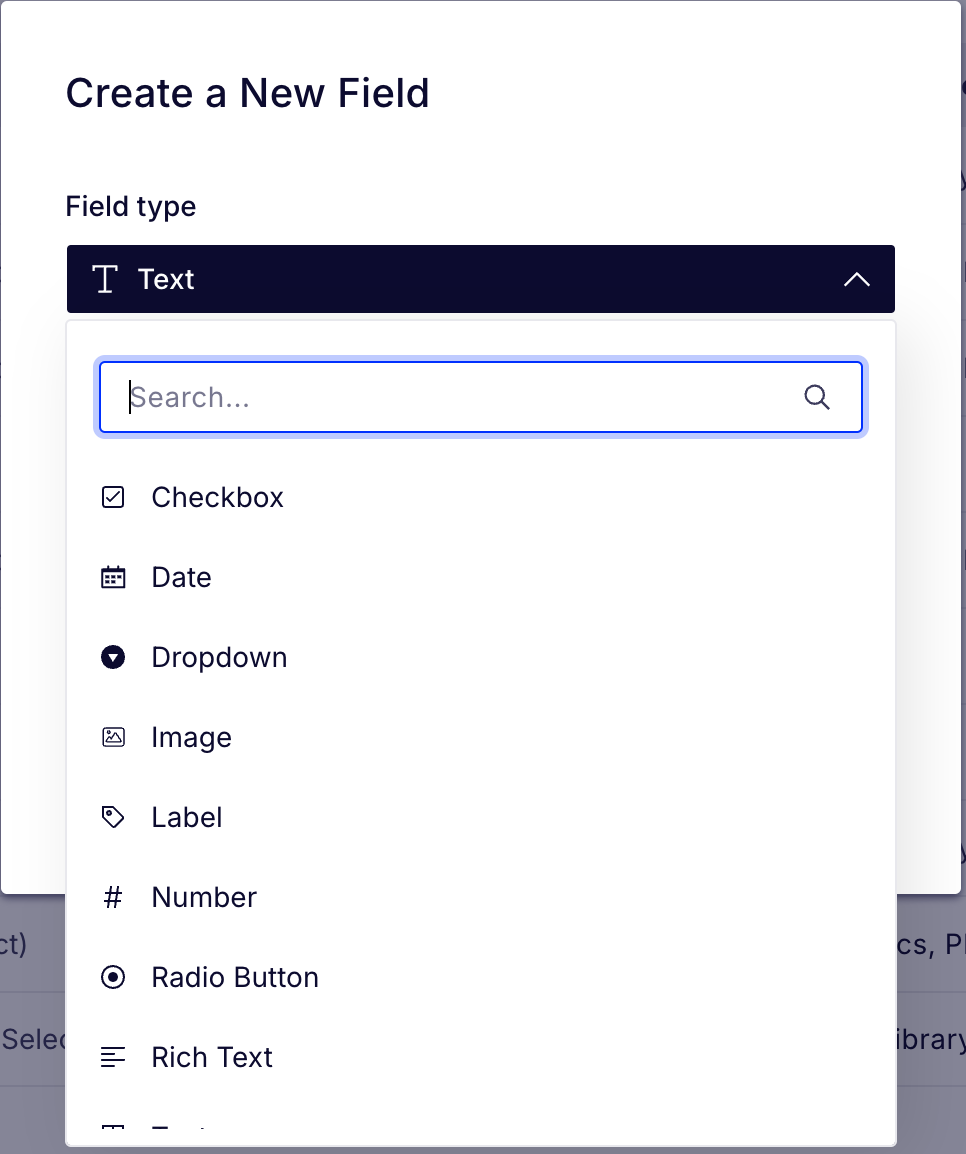
Create a new meta field is very straightforward.
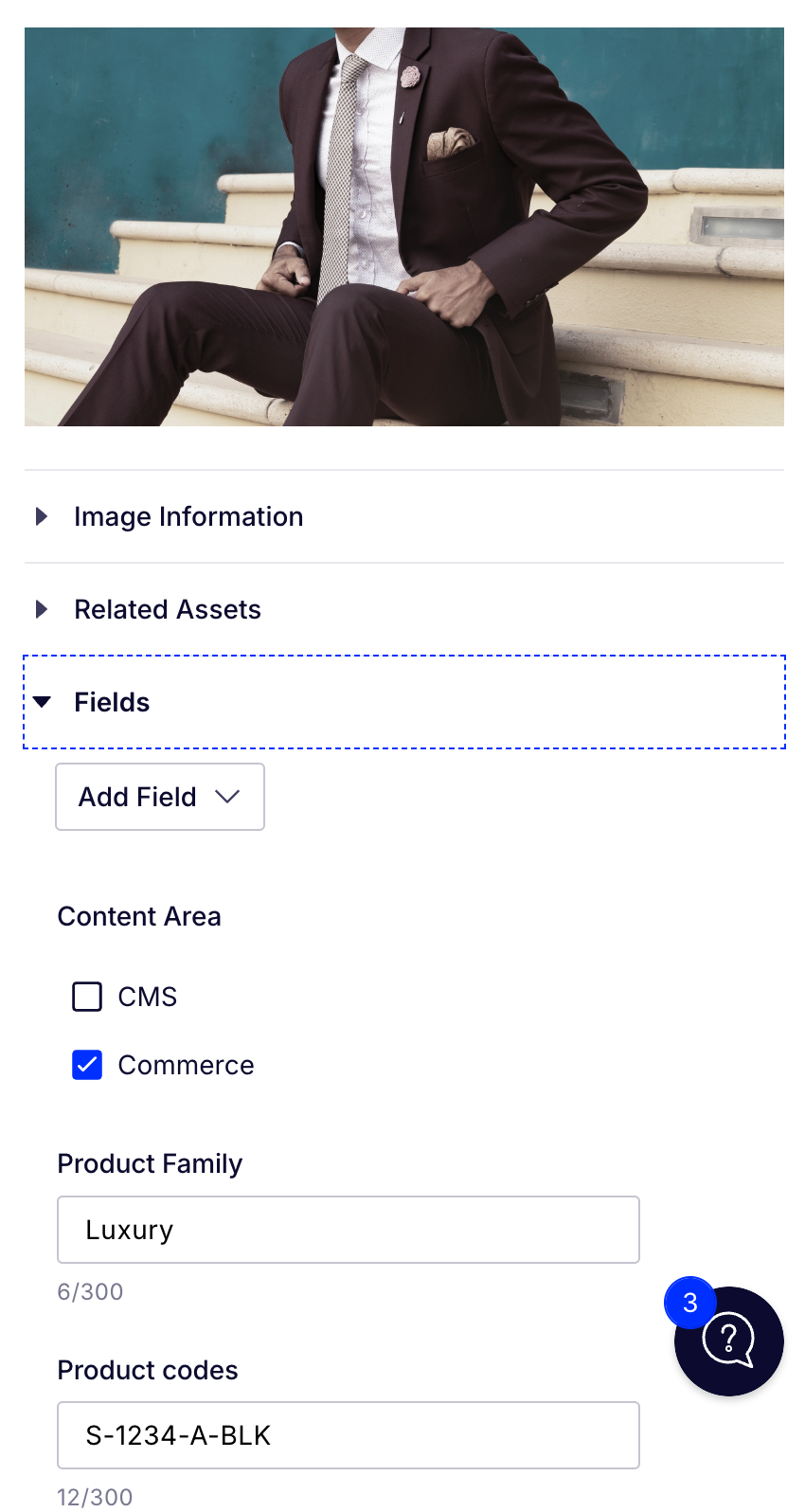
Assign the meta field to the asset and set the value
Locating Assets
Search is the simplest way to find your assets, and you can also use filters to reduce the results further. If you have created any custom fields, these will be included in the search and can also be used as filters.
If you find yourself repeatedly applying a filter, you can create a ‘View’. When a view is selected, the filter is reapplied, helping reduce a repetitive task. Views can also be shared with other teammates.
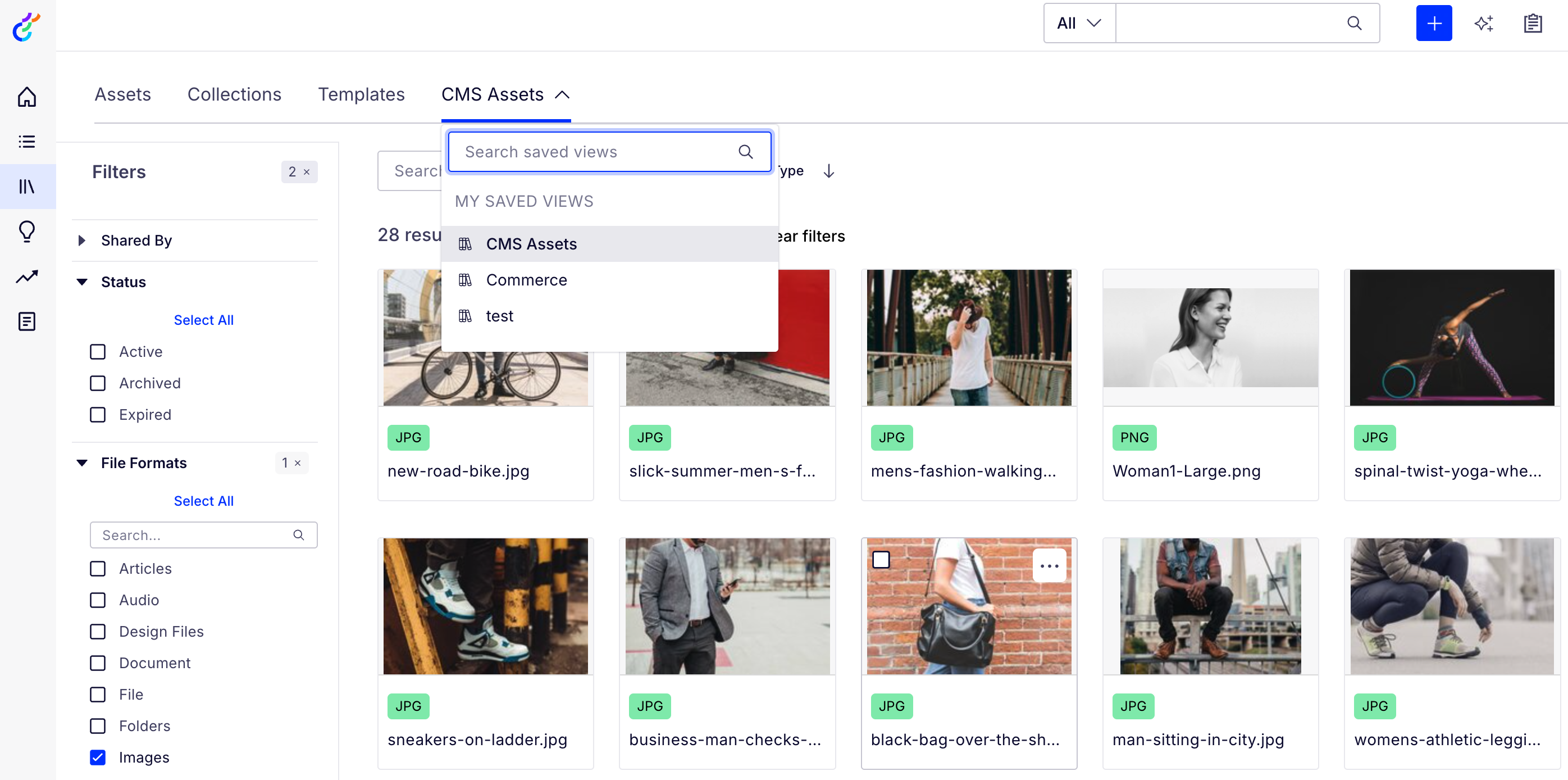
Sharing Assets
Collections allow you to share assets externally; for example, you are working with an external agency, and they need access to some brand assets.
Individual assets or entire folders can be added to a collection. It’s important to note that any assets subsequently added to a folder are also included in the collection. Collections are shared with external users via a public link.
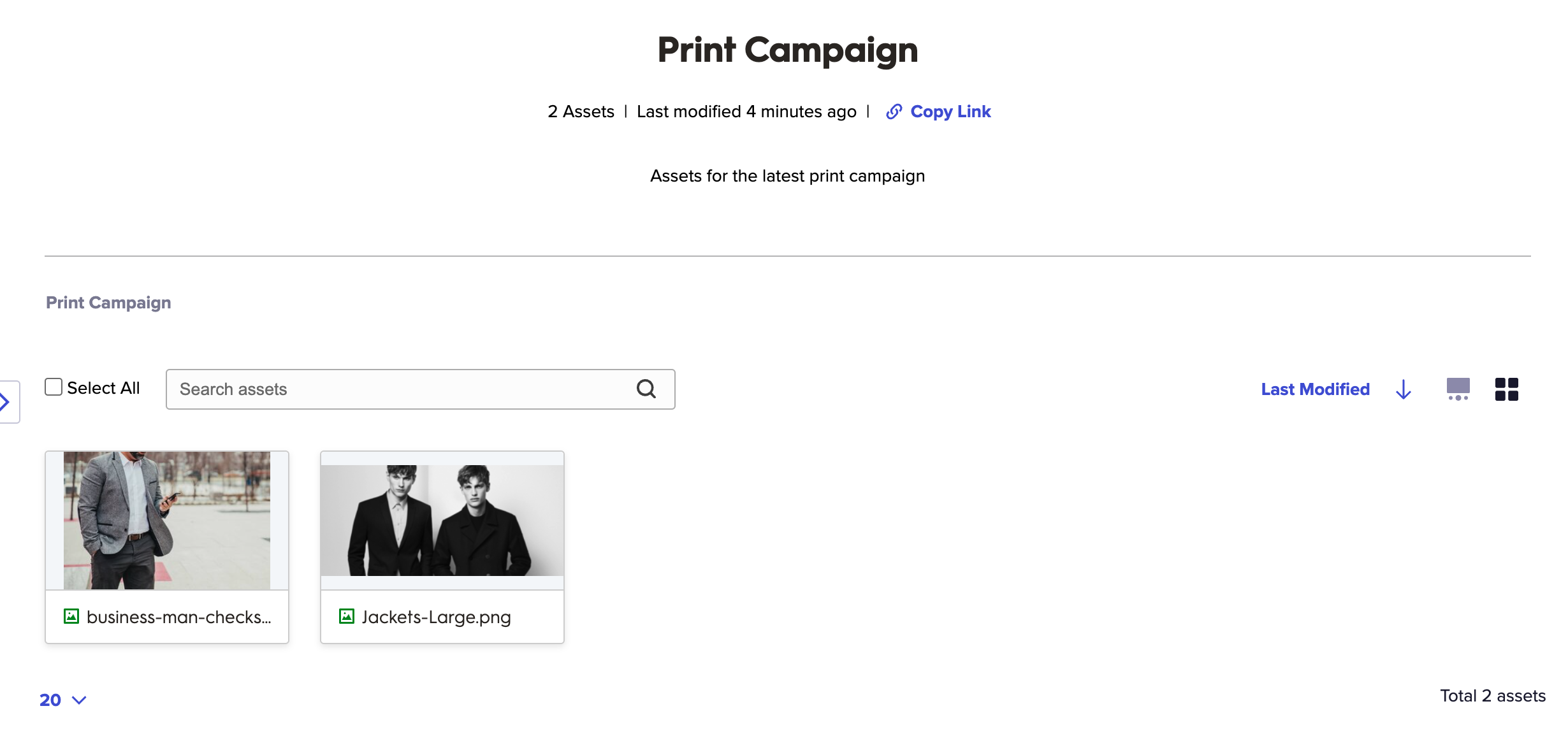
Transforming Assets
Renditions provide a method of transforming image and video assets. They are useful when utilising assets on a website or other channels, such as social media.
You can change the video format and quality, the video codec, the audio codec and the sample rate for videos. For images, you can change the format, specify a compression rate, and resize or crop the image.
When the image is cropped, it will be centred around the specified focal point. Alternatively, while creating a rendition, you can ‘Enable Smart Focal Point, ‘ which uses AI to work on the subject of the image.
Renditions are automatically applied to assets when uploaded, and once a rendition is created, it is automatically applied to any asset within the DAM.
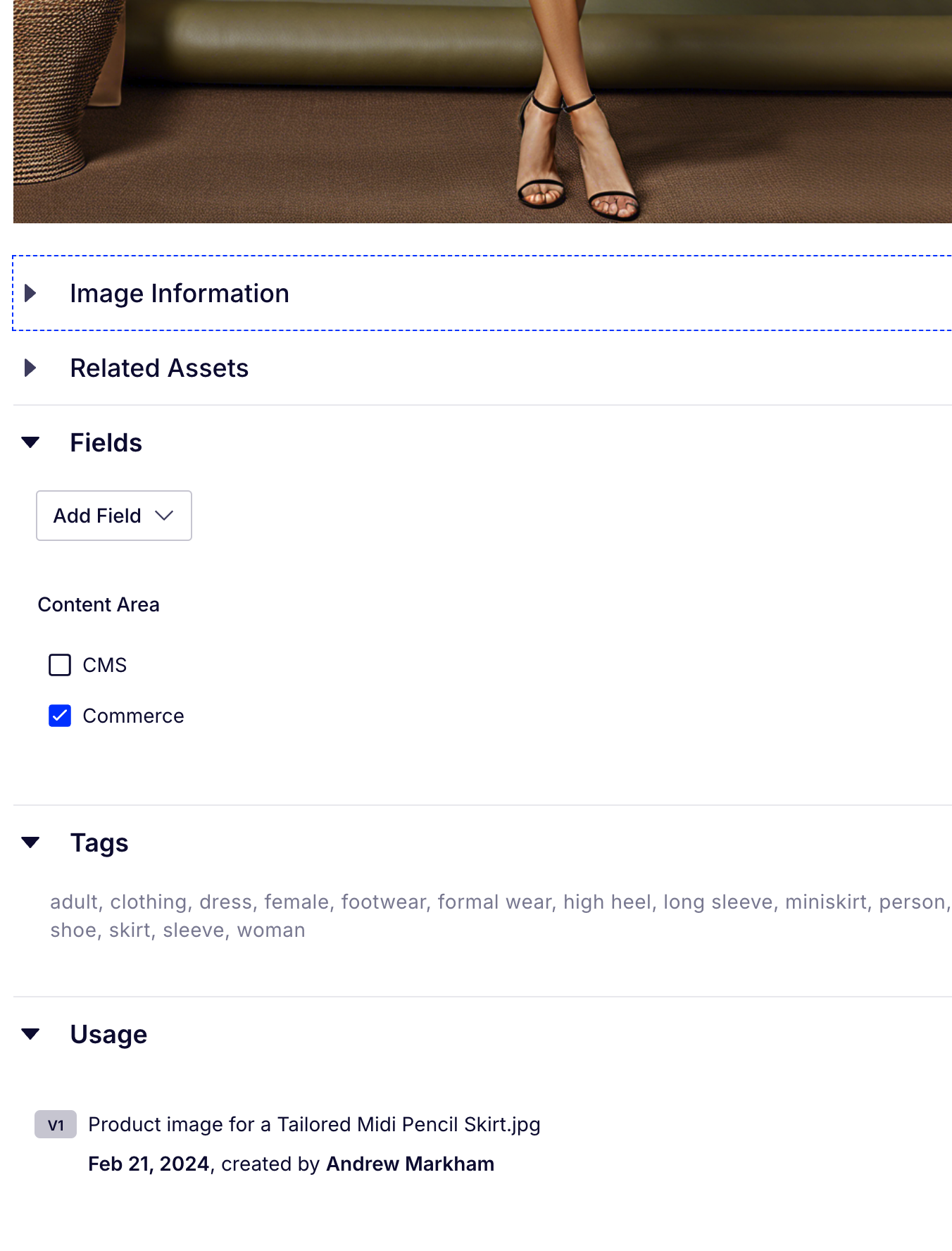
Editors have access to the renditions directly from the asset.
Useful information
There are no storage limits
All public assets are accessed via a CDN (AWS Cloudfront)
It’s possible to set up custom domains for Assets and Collections.
Summary
Optimizely DAM has all the features you would expect from a product within this sector. Being part of the Content Marketing Platform is a benefit as the wider product has excellent features that Marketing Teams can use to manage their marketing campaigns.
In my next blog post, I will demonstrate how to integrate the DAM with your Optimizely website.